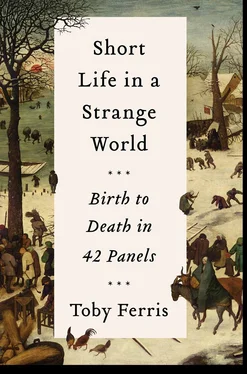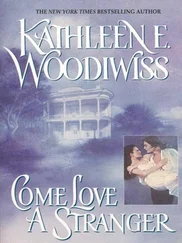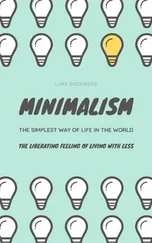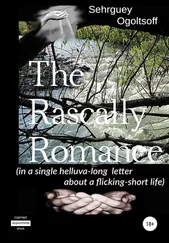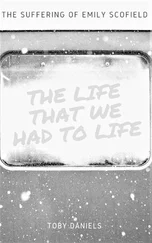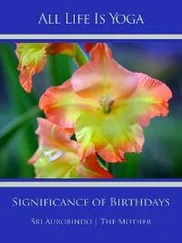My brother and I roamed pretty freely over the site. It had its dangers but this was the 1980s, the last days of the wild youth of the world, in this corner of it anyway, and no one cared. On one occasion I slithered merrily on my arse down a sloping roof of corrugated fibreglass, and down the ziggurat of water tanks and drainpipes and packing cases at the corner of the building which had served as our ladder up, and then turned to watch my brother follow me. He descended with ashen care.
My brother was less fearful than me, by and large, so when he finally got down I made him explain: he had watched me go, and had seen how the roof had bowed and sagged under my weight. It had looked certain to him, he said, that I would plummet through it, on to the disused workbenches and ironmongery and cement floor many metres below.
Perhaps the roof was not as fragile as all that. Perhaps I did not come close to death that day. Perhaps some of the other structures I climbed on – water towers, stacked concrete pontoons, assorted roofs – were more perilous. I did in fact fall once or twice, once from some pontoons, once from the high ceiling of a building I was abseiling into down a steel wire; but I always just got up and patted myself down. On I plodded, through an ordinary life, past this individual I briefly met called Dan, and on from that. Until that day I stood in a room of the Beaux-Arts in Brussels, looking at the Landscape with the Fall of Icarus .
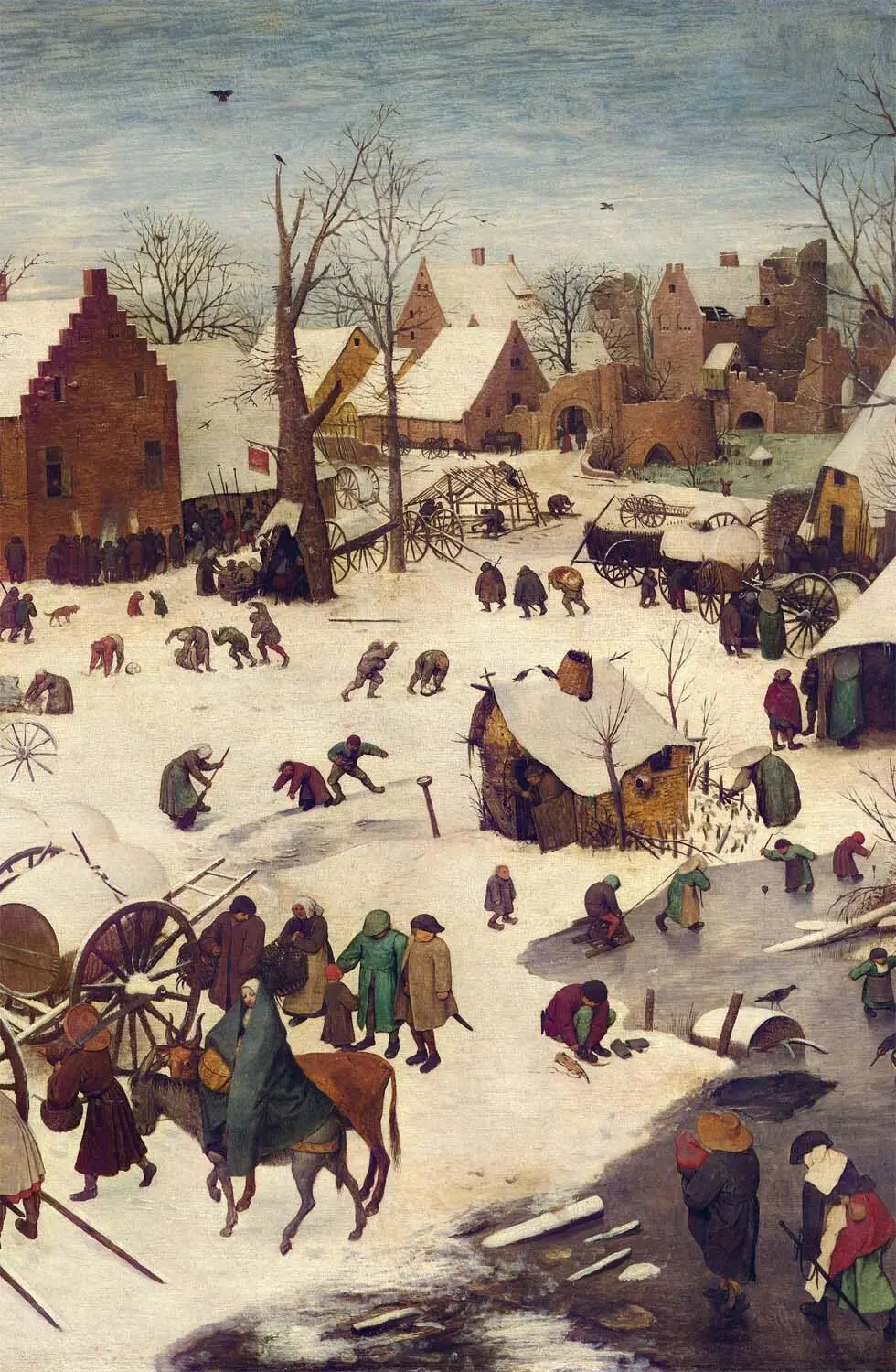
Brussels (8.284%)
‘The more things happen to you the more you can’t Tell or remember even what they were.’
William Empson, ‘Let It Go’
Two days after my encounter with the Icarus , I am back in Brussels and back in the museum, this time with my friend Steve Barley, who has finally arrived from Rome. Now I know how to get the chronology right, ascending to the empyrean of Bruegel as though by a winding stair or a twisting thermal. Thus we eddy from Robert Campin to Van der Weyden to Bosch to Joachim Patinir to Herri met de Bles. And so on and up.
We enter the corner room and I make a rapid audit, reminding myself. The right side of the room as you enter is Elder Bruegel; the left side is Younger Brueghel. I am here for the Elder Bruegel. Elder Bruegel is the great Bruegel. I ignore the Younger and settle to the business of scrutinizing Bruegel.
However, there is a distracting oddity. On the west wall of the room hangs the Elder’s Census at Bethlehem , a large panel painted in 1566. But on the south wall, roughly 8½ yards distant and hanging at an angle of 90 degrees to it, is another, near-identical Census at Bethlehem , painted by his son Pieter Brueghel the Younger in about 1610. It is one of at least thirteen copies the Younger made of the original, all of them faithful and well executed.
I start by trying to ignore it: it is good, but it is hack work, a cynical workshop production, a pointless replica. I am here to focus. But it happens that there is a spot, situated at the apex of a triangle the base of which is formed by the two paintings, where you can take them both in. If you had bovine eyes, the whole corner would become a giant and blurry and (to your cow mind) bewildering stereoscope.
I do not have bovine eyes or a cow mind. If I want to compare Bruegel with Brueghel, Elder with Younger, I have to swivel my head. And in reality, there is not one triangle at the apex of which you stand. Either you stand in front of the Elder and glance at the Younger, far away, or you stand in front of the Younger and look over your shoulder obliquely at the Elder. There are two triangles (at least); you move in a zone between their vertices.
And in this god-like, cow-like zone, what do you see?
In both cases, a snowbound village scene dominated by children playing and scuffling in the snow and their elders scratching out a living with their fardels and pigs’ blood and snowed-under carts, their small and wintry concerns. Around the inn in the left foreground a crowd gathers, submitting their names to the census; others straggle in across the frozen river, and across the frozen pond. Mary and Joseph are unobtrusively there: Mary, riding on an ass, nine-tenths concealed in her blue robe; Joseph likewise hidden behind a large hat but waggling a two-handed saw over his shoulder.
They are both as yet unnumbered.
For Pieter Bruegel the Elder, there was only ever one Census . It was a singular object. Unlike his son, he did not run an extensive workshop, did not bang out copies. He made few paintings, each one in his own hand.
When he died in 1569 at the age of about forty-two, his eldest son was four or five years old, his youngest, Jan, just one. In terms of art history, there is no genealogical connection between father and sons, merely a tectonic overlap. Pieter the Younger inherited a series of world-famous images (if by world you are content to understand Northern and Habsburg Europe), probably in the form of what are known as cartoons, drawings used to transfer an image to a panel. His entire career down to his death in 1636 was grounded on these images, whether he was making direct copies or spinning genre pieces from them.
He most likely saw little of his father’s original work, much of it already carted away to the great imperial collections – hence the small differences which creep in, the errors in replication, the drift.
As with his name. Pieter the Elder had started out plain Pieter Brueghel of Breda, signing his name with a calligraphic flourish on the drawings he produced as a young man. When he started painting in oils towards the end of the 1550s, he dropped the ‘h’ and began signing his name Bruegel in chiselled capitals, frequently with a ligature between the v (the Roman u) and the e, usually with the date (and after 1562 the date is generally written in Roman rather than Arabic numerals, with two or three exceptions), never with a P. or Peter – in the couple of cases where a P. was placed in front of bruegel, the paintings later turned out to be rather careless modern forgeries. ‘Brueghel’ was a bit burgher, perhaps, a bit stomping peasant; ‘BRUEGEL’ is cleaner, more Roman, befitting a Stoic observer of stomping peasants.
His sons for some reason restored the ‘h’ to the family name. Brueghel . Early in his career, Pieter the Younger aped his father’s Latinizing capitals, but reverted to small-case letters for most of his copies, and he never creates a ligature between the v and the e, although he does occasionally between the h and the e. Until 1616, he always appended his initial, ‘P-Brueghel’. After 1616, he altered the spelling of his surname once again, reversing the v (or u) and e, ‘P-Breughel’. In these ways, the Younger distinguished himself not only from his father, but from his younger brother Jan, who always signed simply ‘Brueghel’. Subsequent generations, notably Jan Brueghel’s son, Jan Breughel the Younger, retained the order of e and the u: ‘Breughel’.
Father and sons and grandsons and great-grandsons, taken together, make a blurry bruegel/Brueghel/Breughel object.
There was also a daughter, Maria Bruegel. Or Brueghel? We are not even sure about Maria: some have it as Marie . We know nothing about her. Older than her brothers, most likely, and certainly older than Jan, who was born only months before his father died. Probability suggests death in infancy. Her brother Pieter the Younger would have seven children, only one of whom would survive to adulthood.
Some children barely draw breath. My mother recollects a brother, Harry, who died before morning on the night he was born. She says she heard him crying that single night in the 1930s, in the solitary room in the west of Ireland that would constitute his universe. Crying perhaps under the baptismal hand. Harry, in the eye of God. And then he was gone.
Читать дальше
